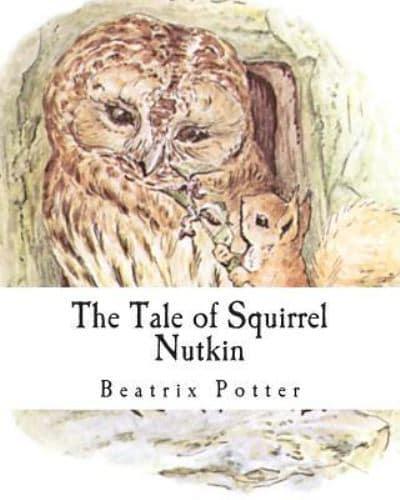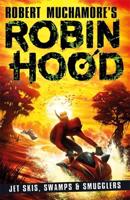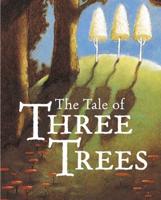Publisher's Synopsis
*** Large Print Edition*** Squirrel Nutkin, his brother Twinkleberry, and their many cousins sail to Owl Island on little rafts they have constructed of twigs. They offer resident owl Old Brown a gift and ask his permission to do their nut-collecting on his island. Nutkin however dances about impertinently singing a silly riddle. Old Brown pays no attention to Nutkin, but permits the squirrels to go about their work. Every day for six days, the squirrels offer gifts to Old Brown, and every day as well, Nutkin taunts the owl with another sing-song riddle. Eventually, Nutkin annoys Old Brown once too often. The owl seizes Nutkin and tries to skin him alive. Nutkin escapes, but not without losing most of his tail. After this he becomes furious when he is asked riddles. The Tale of Squirrel Nutkin is a children's book written and illustrated by Beatrix Potter and first published by Frederick Warne & Co. in August 1903. The story is about an impertinent red squirrel named Nutkin and his narrow escape from an owl called Old Brown. The book followed Potter's hugely successful The Tale of Peter Rabbit, and was an instant hit. The now familiar endpapers of the Peter Rabbit series were introduced in the book. Squirrel Nutkin had its origins in a story and picture letter Potter sent Norah Moore, the daughter of her former governess, Annie Carter Moore. The background illustrations were modelled on Derwentwater and St. Herbert's Island in the Lake District. One commentator has likened Squirrel Nutkin's impertinent behaviour to that of the rebellious working-class of Potter's own day, and another commentator has noted the tale's similarities to pourquoi tales and folk tales in its explanations of Squirrel Nutkin's short tail and characteristics of squirrel behaviour. An abbreviated version of the tale appeared as a segment in the 1971 ballet film, The Tales of Beatrix Potter.









